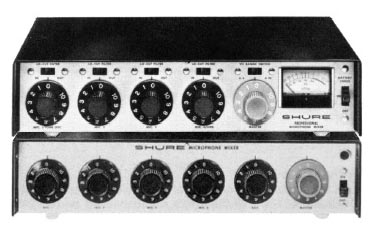mikep
Well-known member
I was trying to think of a way to use an ordinary linear taper pot to control the gain of a current feedback amplifer for the application of mic preamp and came up with this:
edit: CONTENT REMOVED
edit: CONTENT REMOVED

did you try to analyze my circuit or are you down on it simply because it looks strange?
the bandwidth does change a little as the pot is swept, but it is better than you would think. very accectable and stable at all settings.
and this is quite common. usually the series leg is held constant (especially in a CFA circuit as it sets the bandwidth), and the shunt is a reverse-log variable pot in series with a big cap to ground (to keep DC gain at unity).

Enter your email address to join: